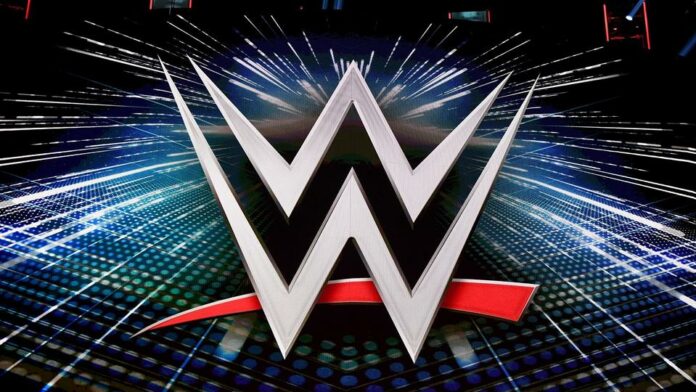
The merger of UFC and WWE under TKO Group Holdings has redefined combat sports entertainment, blending scripted spectacle with raw athleticism into a global powerhouse. This consolidation of two iconic brands-UFC’s mixed martial arts dominance and WWE’s theatrical storytelling unlocked synergies in media rights, sponsorships, and cross-promotion, while setting the stage for future innovations in live events and digital content.
Origins of the TKO Merger
TKO Group Holdings emerged in April 2023 when Endeavor, UFC’s parent company, acquired WWE for $9.3 billion, forming a $21.4 billion entity. Endeavor retained a 51% controlling stake, with WWE shareholders holding 49%. The merger capitalized on overlapping fan bases (1.2 billion WWE fans and 700 million UFC supporters) and shared leadership strengths: UFC’s Dana White and WWE’s Nick Khan drove growth through streaming deals like WWE’s $1.4 billion contract.
Vince McMahon, WWE’s former chairman, highlighted the merger as the “next evolution” for both brands, leveraging Endeavor’s operational expertise.
Impact of Shared Ownership
The merger has streamlined operations and amplified revenue streams:
- Financial Growth: TKO’s revenue doubled to $2.2 billion in the first three quarters of 2024, driven by WWE’s 14% revenue surge and UFC’s media deals.
- Cross-Promotion: Athletes like Brock Lesnar and Ronda Rousey, who transitioned between WWE and UFC, exemplify talent-sharing opportunities. TKO’s merged global partnerships team now offers sponsors integrated access to both fan bases.
- Streaming Expansion: WWE’s move to Netflix in 2025 positions TKO to dominate digital viewership.
However, challenges persist. The Saudi-backed Professional Fighters League (PFL) threatens talent acquisition, while overlapping audiences limit new customer growth. Integration risks, such as aligning corporate cultures, remain a hurdle.
Expansion, Events, and Engagement
The merger’s global ambitions are exemplified by Europe’s surging combat sports engagement. WWE’s planned reintroduction of the European Championship in 2025 aims to capitalize on nostalgic fandom and boost viewership through mid-card storytelling. UFC’s 2025 expansion includes Fight Nights in Warsaw and Baku.
Canada has been pivotal to UFC’s expansion, hosting record-breaking events in Montreal, Toronto, and Calgary. The 2012 “Canadian Hat Trick”-three pay-per-view events in one year-drew 185,000 attendees and $40 million in gate revenue. Canadian UFC legend Georges St-Pierre (26-2-0), a former welterweight champion, bridged MMA and wrestling fandom, appearing in WWE’s Raw and WrestleMania.
For MMA fans closely following the current fighting schedules, Sports Interaction Canada provides a tailored experience and betting options both for MMA as well as other popular sports and gaming.
Meanwhile, WWE’s recent SmackDown episodes in Winnipeg (2024) averaged 2.4 million viewers-a 15% increase over 2023-shows how TKO’s combined roster can reinforce fandom across genres. As TKO replicates this model in markets like Japan and Brazil, Canada’s hybrid fandom offers a template for converting casual viewers into lifelong supporters and it is precisely this combination of live events and digital interaction that underscores Canada’s role in TKO’s global strategy.
Future Collaborations and Predictions
- Talent Crossovers: Expect more WWE-UFC athlete exchanges, akin to Logan Paul’s WWE stint, to attract dual audiences.
- Bundled Streaming: TKO may bundle UFC and WWE content into a unified streaming service, competing with Disney+ and Max.
- International Expansion: Markets like India and the Middle East could host joint UFC-WWE events, mirroring Canada’s success.
- Sponsorship Innovation: Unified sponsorships (e.g., Prime Hydration across both brands) could maximize revenue.
Yet, risks loom. The 2023 SmackDown rights deal, which disappointed investors despite a 40% value increase, highlights volatility in media negotiations. Additionally, regulatory scrutiny over combat sports’ violent content could impede growth.
TKO Group Holdings has transformed sports entertainment by merging UFC’s authenticity with WWE’s theatrics. While financial and strategic gains are evident, the true test lies in sustaining innovation amid competition and cultural integration.







